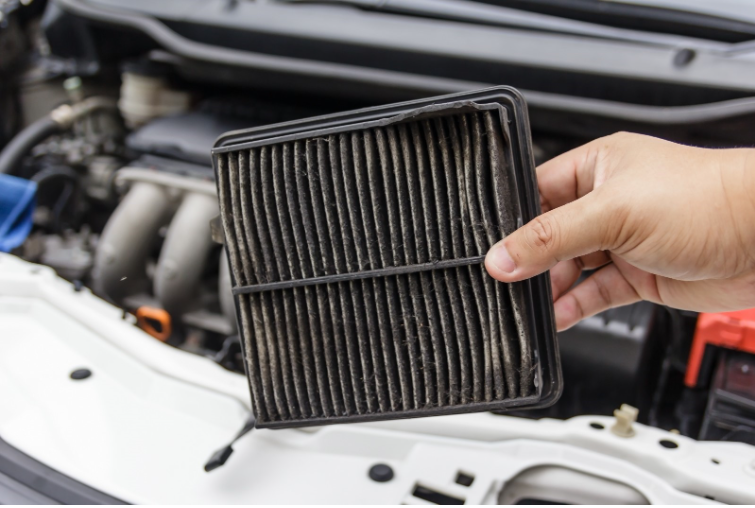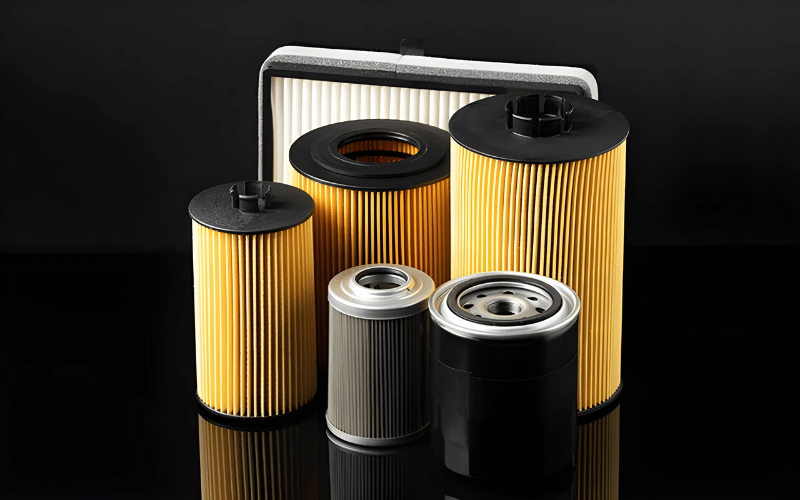In the dynamic world of automotive applications, the health of an engine plays a pivotal role in determining the efficiency and longevity of equipment. For companies like KG India, which specialize in diesel equipment filters, emphasizing the importance of engine air filters is a central concern. This article aims to provide a comprehensive understanding of engine air filters, detailing their significance, the consequences of neglect, and the innovative technological solutions that enhance their effectiveness.
The Critical Role of Engine Air Filters

The quality of air entering the engine directly influences several critical performance metrics, such as fuel efficiency, power output, and overall engine health. Effective filtration is therefore essential not only for maintaining the engine in optimal condition but also for ensuring that the machinery operates at peak efficiency. Consequently, regular check-ups and diligent maintenance of air filters are not just routine maintenance tasks; they are imperative for extending the lifespan of the equipment and for avoiding substantial costs associated with engine repairs or failures. KG air filters should be your go-to choice for any type of engine filtration requirement.
Recognizing the Symptoms of a Dirty Air Filter

A fundamental aspect of engine maintenance is knowing when to replace an air filter. Several indicators can signal that an air filter is due for a change:
Visual Appearance: Initially white or off-white, an air filter darkens as it traps pollutants. A filter that appears dark brown or black is saturated and must be replaced to prevent constraints on airflow.
Reduced Fuel Efficiency: A dirty air filter restricts the amount of air entering the engine, forcing it to consume more fuel to maintain output. This reduction in fuel efficiency can be a clear sign that the air filter needs attention.
Exhaust Issues and Fuel Odour: An engine struggling for air due to a clogged filter often leads to darker exhaust fumes and a pronounced fuel odour. These are indications of incomplete combustion, a direct consequence of inadequate air supply.
Decreased Horsepower: Restricted air intake from a filthy air filter will manifest as reduced horsepower and sluggish engine performance. If the machinery is slow to accelerate or feels less responsive, the air filter likely needs to be examined.
Check Engine Light: Modern engines are equipped with sensors designed to alert operators to various issues, including filtration problems. If the check engine light activates, it often suggests that the air intake process is compromised, necessitating a check of the air filter.
The Consequences of Neglecting Air Filter Maintenance
Neglecting air filter maintenance can lead to severe repercussions:
Operational Inefficiency: Clogged filters reduce airflow, which is crucial for efficient engine operation. This inefficiency can lead to higher operational costs and reduced productivity.
Damage and Equipment Breakdown: Prolonged use of a dirty air filter strains the engine, increases wear on components, and can ultimately lead to mechanical failures and costly repairs.
Increased Repair Costs and Downtime: Ignoring air filter maintenance results in higher long-term expenses due to the need for more frequent repairs and increased downtime, affecting overall business operations.
Preventive Measures and Maintenance Best Practices
Implementing a regular maintenance schedule for air filters is crucial. By routinely replacing dirty or damaged filters, operators can protect the engine, enhance equipment performance, and extend its operational lifespan. The costs associated with regular filter replacement are significantly lower than those potentially incurred from extensive repairs or complete machinery replacement. KG India’s air filters exemplify the benefits of maintaining proper filtration. Offering decent savings compared to other brands and achieving maximum efficiency, these filters are a prudent investment for businesses aiming to optimize both performance and cost-effectiveness.
Conclusion
Engine air filters are indispensable for maintaining the operational integrity and efficiency of diesel-powered equipment. Recognizing the signs of a dirty air filter, utilizing advanced monitoring technologies, and adhering to a strict maintenance regimen can profoundly influence the longevity and efficiency of your engine. By investing in superior filtration solutions like those offered by KG India, businesses can ensure that their equipment remains reliable and continues to meet the rigorous demands. The strategic approach to air filter maintenance not only safeguards the engine but also contributes to the sustainability and profitability of your operations.


